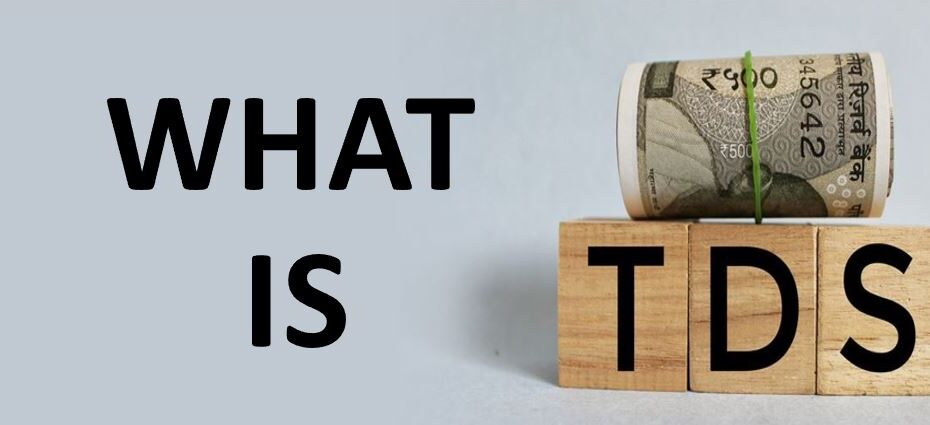Tax Deducted at Source (TDS) is a crucial mechanism implemented by the Indian government to collect taxes at the source of income. This system ensures that taxes are collected in advance, reducing the chances of tax evasion and ensuring a steady flow of revenue to the government. Here’s a comprehensive guide to understanding TDS in India.
1. What is TDS?
TDS stands for Tax Deducted at Source. It is a method of collecting income tax in India, where a certain percentage of tax is deducted by the payer at the time of making specified payments such as salaries, rent, interest, professional fees, and more. The deducted amount is then remitted to the government on behalf of the payee.
2. How Does TDS Work?
The concept of TDS is based on the principle of “pay as you earn” and “collect as it is earned.” Here’s how it works:
- Payer: The person or entity making the payment (e.g., employer, tenant, bank).
- Payee: The person or entity receiving the payment (e.g., employee, landlord, service provider).
- Deduction: The payer deducts a specified percentage of tax from the payment before transferring the remaining amount to the payee.
- Deposit: The deducted tax is deposited with the government within the stipulated time frame.
- Credit: The payee receives credit for the TDS amount, which can be adjusted against their total tax liability when filing their income tax return.
3. TDS Rates and Thresholds
TDS rates and thresholds vary depending on the type of payment. Here are some common TDS rates for the financial year 2024-25
- Salary (Section 192): TDS is deducted based on the applicable income tax slab rates.
- Interest on Securities (Section 193): 10% on interest from securities.
- Dividends (Section 194): 10% on dividend income exceeding ₹5,000.
- Interest other than Securities (Section 194A): 10% on interest from bank deposits, post office deposits, etc.
- Rent (Section 194I): 10% on rent for land, building, or furniture; 2% on rent for plant and machinery.
- Professional Fees (Section 194J): 10% on professional or technical services.
4. TDS Return Filing
Entities deducting TDS must file quarterly TDS returns. These returns provide details of the TDS deducted and deposited with the government. The key forms for TDS return filing are:
- Form 24Q: For TDS on salaries.
- Form 26Q: For TDS on all payments other than salaries.
- Form 27Q: For TDS on payments to non-residents.
- Form 27EQ: For TCS (Tax Collected at Source).
5. Due Dates for TDS Payment and Filing
Timely payment and filing of TDS are crucial to avoid penalties. Here are the due dates.
- TDS Payment: The 7th of the following month. For March, the due date is April 30th.
- TDS Return Filing:
- Q1 (April to June): July 31st
- Q2 (July to September): October 31st
- Q3 (October to December): January 31st
- Q4 (January to March): May 31st
6. Penalties for Non-Compliance
Non-compliance with TDS provisions can attract penalties and interest. Key penalties include:
- Late Deduction: Interest at 1% per month from the date the tax was deductible to the date it is actually deducted.
- Late Payment: Interest at 1.5% per month from the date of deduction to the date of payment.
- Late Filing of TDS Return: Penalty of ₹200 per day until the return is filed, subject to a maximum of the TDS amount.
7. Claiming TDS Credit
The payee can claim credit for the TDS deducted while filing their income tax return. The TDS amount is reflected in Form 26AS, a consolidated tax statement available on the Income Tax Department’s website. The payee must ensure that the TDS details match the entries in Form 26AS to avoid discrepancies.
Conclusion
TDS is an essential component of the Indian tax system, ensuring timely collection of taxes and reducing the burden of lump-sum tax payments. By understanding the TDS mechanism, rates, and compliance requirements, both payers and payees can ensure smooth and efficient tax management.
